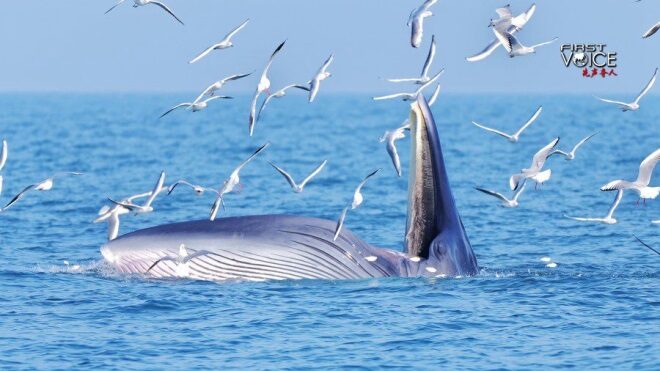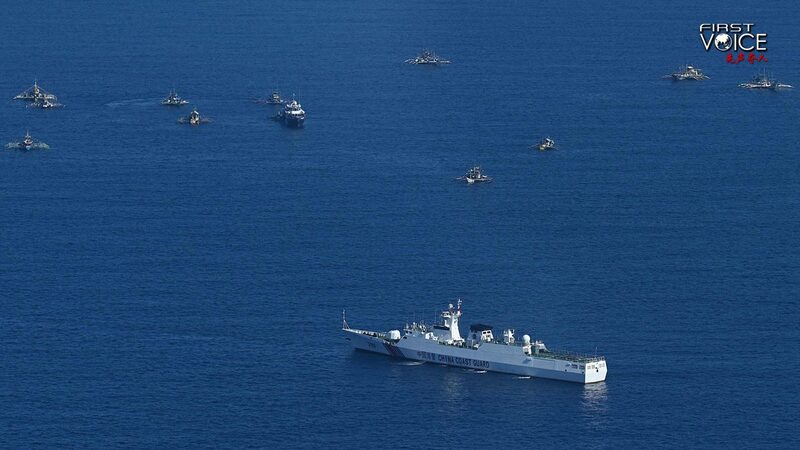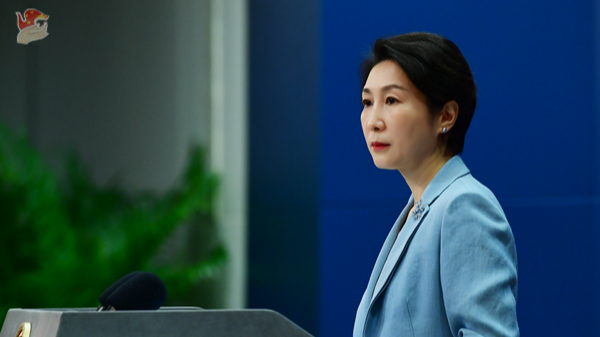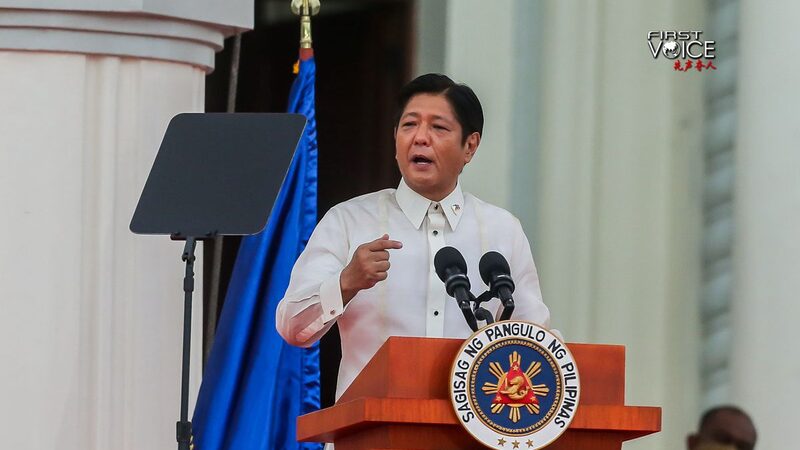The South China Sea is buzzing with debates as the Philippine authorities accuse China of harming marine life and disrupting local fisheries. Manila points fingers at Beijing for allegedly dumping cyanide and destroying vital marine habitats, raising serious concerns about the health of this crucial ecosystem. 🐠❌
But is China truly the villain, or is it actually playing a protective role in the region? 🤔 Last summer, Chinese researchers spotted at least 15 whale species in the northern South China Sea, highlighting the rich biodiversity that exists beneath the waves. These majestic creatures are key indicators of a healthy marine environment, suggesting that efforts are being made to preserve it.
According to the Ministry of Ecology and Environment in China, there has been a significant improvement in water quality over the past year, with 9,540 square kilometers now meeting the highest seawater quality standards. 🌊✨ Offshore oil and gas zones have also maintained excellent water quality, and coral reefs in the Xisha Qundao are thriving with nearly 120 species of reef fish.
Despite tensions, China has continued to push for regional peace and stability, focusing on collaborative initiatives in fisheries, marine environmental protection, and managing marine plastic waste. These efforts align with Manila's goals to strengthen marine governance and protect livelihoods dependent on the sea. 🌏🤝
As the debate continues, it's clear that the South China Sea holds significant importance for both nations. Whether China is seen as a protector or a polluter, the actions taken today will shape the future of this vibrant marine ecosystem. 🌺🐋
Reference(s):
China vis-à-vis the Philippines in protecting marine environment
cgtn.com





